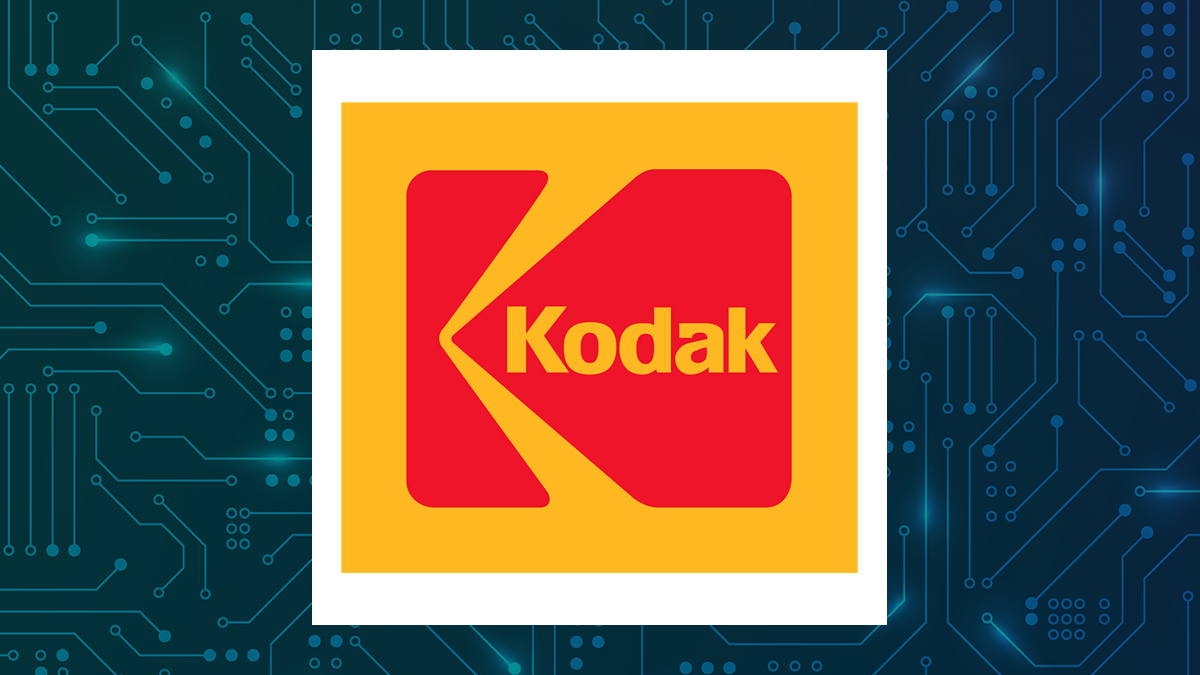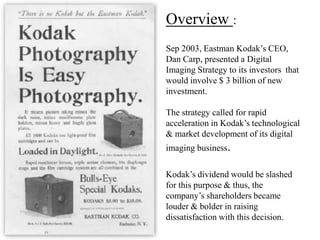· key takeaways from kodak’s fall the danger of complacency – kodak’s initial success made the company complacent, leading it to underestimate disruptive technologies. It was a failure of strategic branding and market awareness. · the kodak case shows how not adapting to change can destroy a leading company. · the fatal decision: This involves selling illiquid private equity assets and converting the surplus into usable cash. In its heyday in 1996, kodak was valued at $31 billion, and despite stiff competition, it remained a leader in the camera industry. Its leadership saw the future but refused to act. Clinging to the past kodak’s refusal to embrace digital technology was a result of an overwhelming desire to protect what had made them so successful … In hindsight, the decision not to advance digital cameras stands as … · unfortunately, as time marches on the subtleties of what actually happened to eastman kodak are being forgotten, leading executives to draw the wrong conclusions from its … At eneb, we teach you how to learn from these mistakes. · negotiating a $300 million loan wasnt enough, and selling the profitable kodak health group was the only choice. Kodak also had to wrangle with lawsuits from and against … · kodak’s downfall was not inevitable. In today’s economy, brands that fail … Kodak is actively working to terminate krip. · here’s the critical part: · however, kodak ultimately made the decision to pass on the invention, instead asking sasson to bury it and not speak too openly about the new, potentially disruptive technology.
Kodak'S Desperate Plea: Investors Face A Critical Decision
· key takeaways from kodak’s fall the danger of complacency – kodak’s initial success made the company complacent, leading it to underestimate disruptive technologies. It...



















